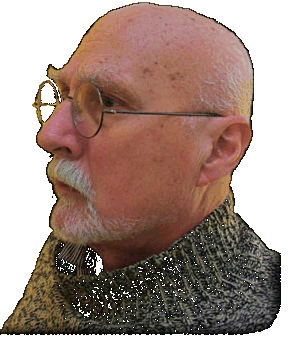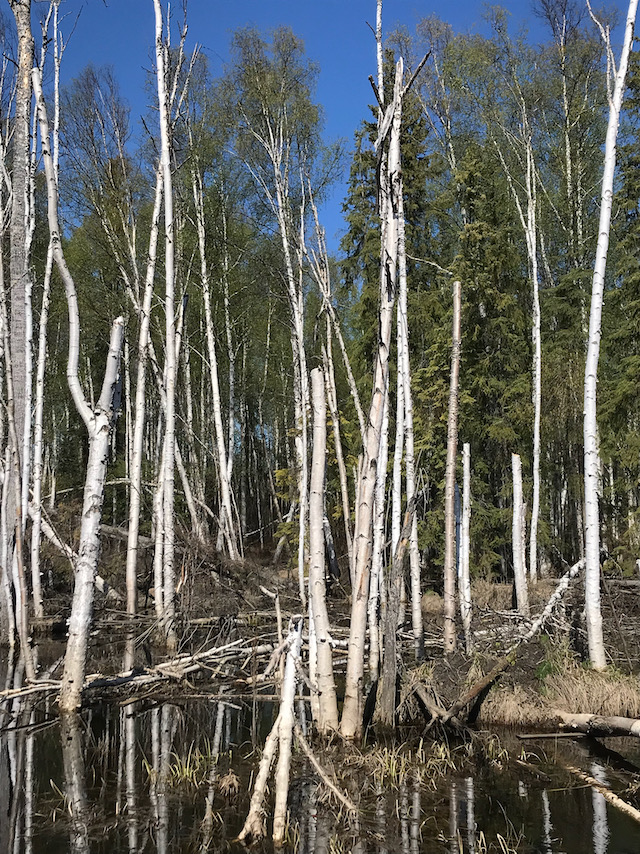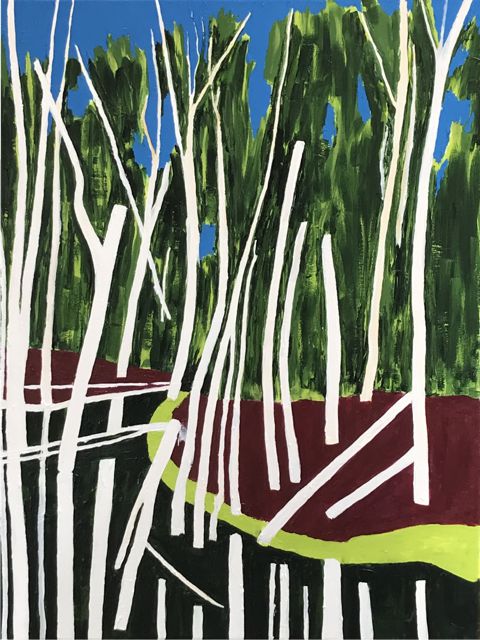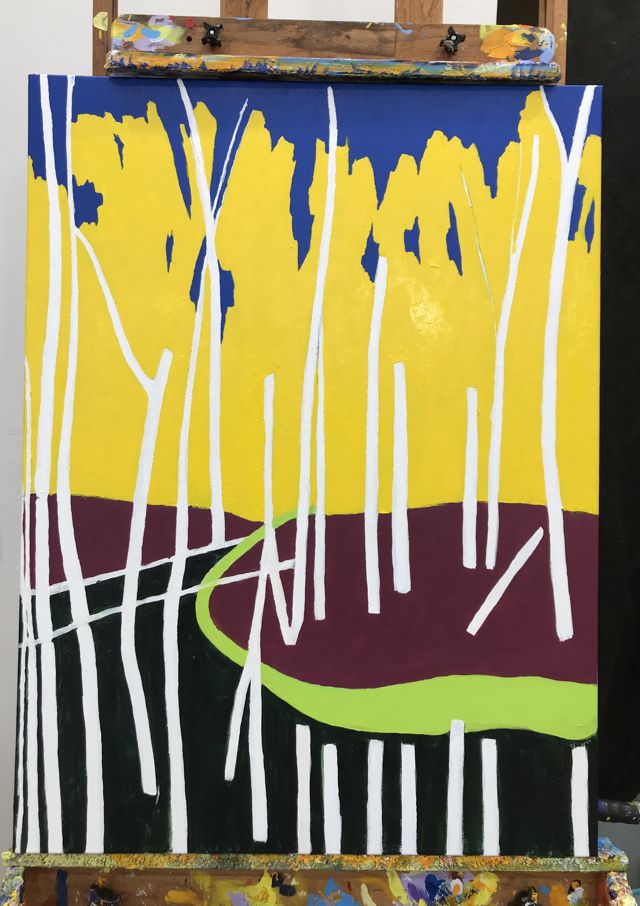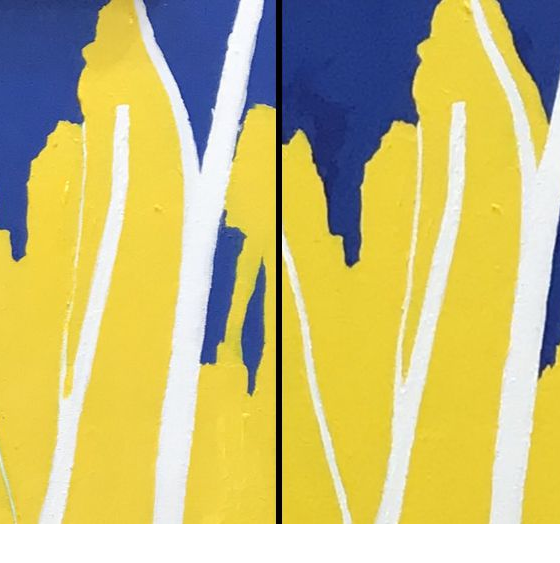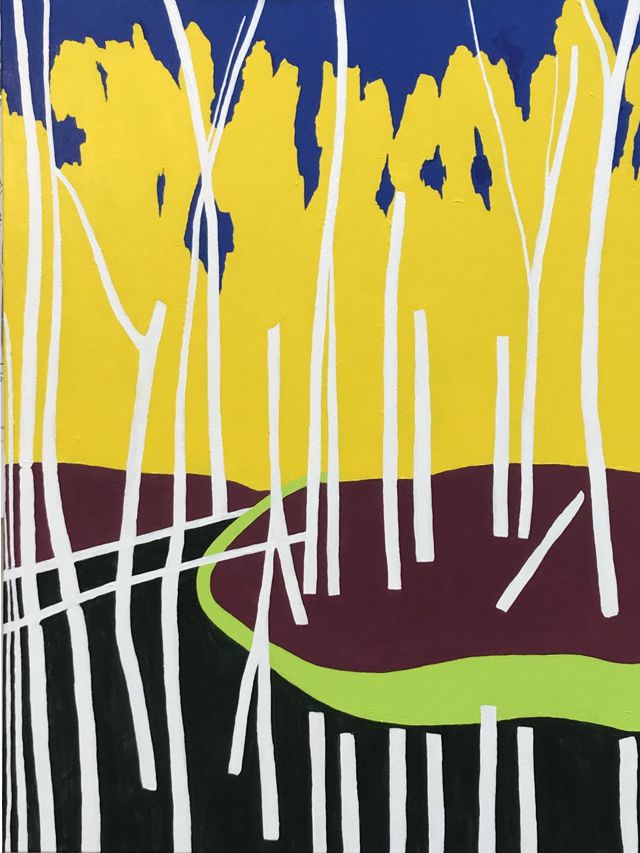Sensory Experience of Perception
this is the second sandbox page
It is obvious to me that the cumulative and rapid acceleration ef urbanization and global warming are transforming our world in ways that are dreadful to contemplate.
In arguing about saving the environment, economics and greed trump science.
Aesthetics and the subjective appreciation of nature are an essential foundation in the argument for conservation.
I have come to believe that aesthetics and the subjective appreciation of nature are an essential foundation in the argument for conservation.
that Steiner employed the phrase sensory experience of perception, which describes the act of perception as a neurological process.
1/27/24
Paintings' success depend on their composition. This is an example of the difference between paintings that are about the literal rendition of pictures, and paintings that address universal elements of composition, irrespective of the extent to which a painting diverges from the image, or is without recognizable content.
It can be difficult to tell whether, or to what extent, a painting meets the above criteria.
I hope this] leads to the original coinage of the phrase, and, ultimately, into the origins of this idea about the nature of perception.
Pissarro’s literal rendition ignored, and failed to address, universal elements of composition.
Paintings' success depend on their composition. This is an example of the difference between paintings that are about the literal rendition of pictures, and paintings that address universal elements of composition, irrespective of the extent to which a painting diverges from the image, or is without recognizable content.
It can be difficult to tell whether, or to what extent, a painting meets the above criteria.
During a gallery talk I compared the wire armature supporting a clay sculpture to the pictorial support provided by the underlying compositional elements of a painting. To my delight, this resonated with the audience.
this version is not the good one 6/4/23 Saugerties
In Walter Benjamin: an Introduction to His Work and Thoughts (2004 in German, 2010 in English), Uwe Steiner gives a description of Benjamin’s discussion of Critique of Pure Reason, in which Benjamin quotes Kant to the effect, “ ... ‘that all speculative knowledge is limited to objects of experience,’ and that we can have knowledge of things only insofar as they present themselves as objects of sensory perception, that is, as phenomena.”
note: reconstruct Lichtsteine quotation. Anchorage Farm 6/3/23, Saugerties NY
place to work on RANT
Taking it in all at once is overwhelming, and nearly unbearable. I struggle to understand and describe it. The deceitfulness and selfishness of the perps – there's no need to name them all – leaves me incredulous. Yes they are greedy, but how can they be so greedy that they willingly consign their descendants, people who will remember their names, to such a miserable fate?
One of the themes of The Rise of the West is the author's thesis of a connection between the superiority of weapons technology, logistics, and military tactics that developed parallel to the cultural evolution of the West, thereby enabling the West to achieve global hegemony.
If it’s environmental collapse, it will be protracted and utterly miserable. If it’s war games, it will be immediate and acutely miserable. One or the other seems unavoidable – global warming or nuclear winter.
MISCELLANY STORAGE (begun 10/13/2020 - Mars opposition)
Notes for People Page
“Lene,” Arlene Washburn, Fourth grade teacher, family friend, friend and mentor. Lene, whom I had to call Miss Washburn when she was my fourth grade teacher, taught me to draw and paint, how to use water colors, how to learn. She also set an example for living, and dying.
Lene arranged for me to show my work to Madam Chouinard who encouraged me to apply to The Chouinard Art Institute MFA program. I was not able to do so, but her endorsement reinforced my belief in my talent.
